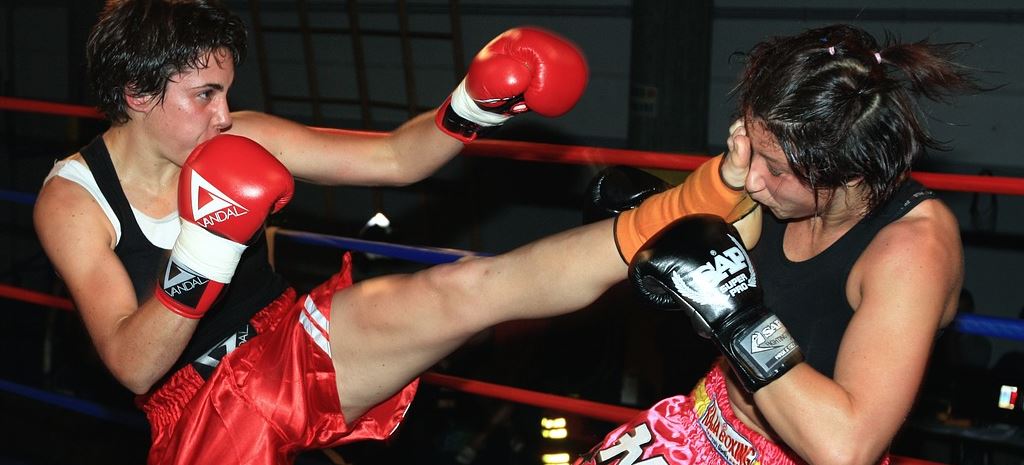Two days. That’s all the time left before the U.S. International Trade Commission (USITC) decides whether Suniva/SolarWorld have proven they have been significantly injured by international module manufacturers’ unfair trade practices.
And as the deadline approaches, both sides are forcefully and publicly trying to influence the commissioners to decide in their favor.
In a letter addressed to Lisa R. Barton, secretary to the commission (see below), the Solar Energy Industries Association (SEIA) reminded the commission that neither Suniva or SolarWorld have submitted a plan explaining how they plan to function effectively as module manufacturers even if the USITC grants them relief.
In other words, what comes next? Do the two petitioners have plans that will bring Suniva out of bankruptcy or allow SolarWorld to ramp production back up to normal levels at its Hillsboro, Oregon, factory? While such plans may exist – and pv magazine has no evidence that they do not exist – SEIA suggests the USITC should ask to see said plans before making their injury ruling.
SEIA also repeated its position that Suniva only filed the Section 201 petition to get a federal bailout to pay back their creditors for bad investments. In an addition to the argument, SEIA maintains that the petitioners’ failure to provide a plan violates the intent of the authors of the Congressional language of the 1988 Trade and Competitive Act conference report, which requires petitioners under the law to provide a plan for survival post-relief.
Under the Act, the companies would get relief for up to four years, after which they would be required to compete without any relief.
“If imports are the problem, SolarWorld and Suniva should be able to explain how they will get their houses in order with trade relief in place and they couldn’t do that,” said Abigail Ross Hopper, SEIA’s president and CEO. “This reinforces what the rest of the industry has been saying all along: that imports are not the core problem for these companies. As we have argued, mismanagement, poor quality and and poor customer service are to blame.”
“To our knowledge, no domestic industry has ever been granted import relief under the safeguard law without first having publicly explained how it would restructure,” Hopper said.
pv magazine contacted Suniva and SolarWorld for comment, but hadn’t received a response at press time. Should either or both company respond, the story will be updated to reflect those responses.
On Friday, the entire solar industry will turn its eyes to the USITC, who will issue its injury ruling. If it finds in deciding whether injury has been done to the solar manufacturing industry on Sept. 22, with a final report delivered to President Donald J. Trump on Nov. 13.
Suniva filed for bankruptcy on April 18 and filed trade complaints against its international competitors under Sections 201 and 202 of the Trade Act of 1974 with the ITC eight days later. It asks for “global safeguard relief” from imports of crystalline silicon solar PV cells and modules. SolarWorld joined the complaint a month later.
For more on the Section 201 trade case, pv magazine recommends the following stories:
Suniva petition could start new global solar trade war
Report: Suniva case could slash U.S. PV market 60% by 2021 (with chart)
SolarWorld Americas joins Suniva’s trade petition
Squeeze play attempt undercuts Suniva’s trade case (FULL LETTER EMBEDDED)
Dispatches from Intersolar North America: The “Suniva effect” is real – and it’s already started
Suniva, SolarWorld claim trade protections could generate 114,800 solar jobs
This content is protected by copyright and may not be reused. If you want to cooperate with us and would like to reuse some of our content, please contact: editors@pv-magazine.com.








I worked very hard at solar world for over 5 years trying to save money in many different ways but the management team is absolutely ridiculous. Most really didn’t have a job to do just go to meetings. ALL managers should really get to work instead of watching people getting paid a quarter of what the people actually doing the work get paid. I felt like I was on a gameshow there of how many stupid decisions can this company make. Solarworld wins.